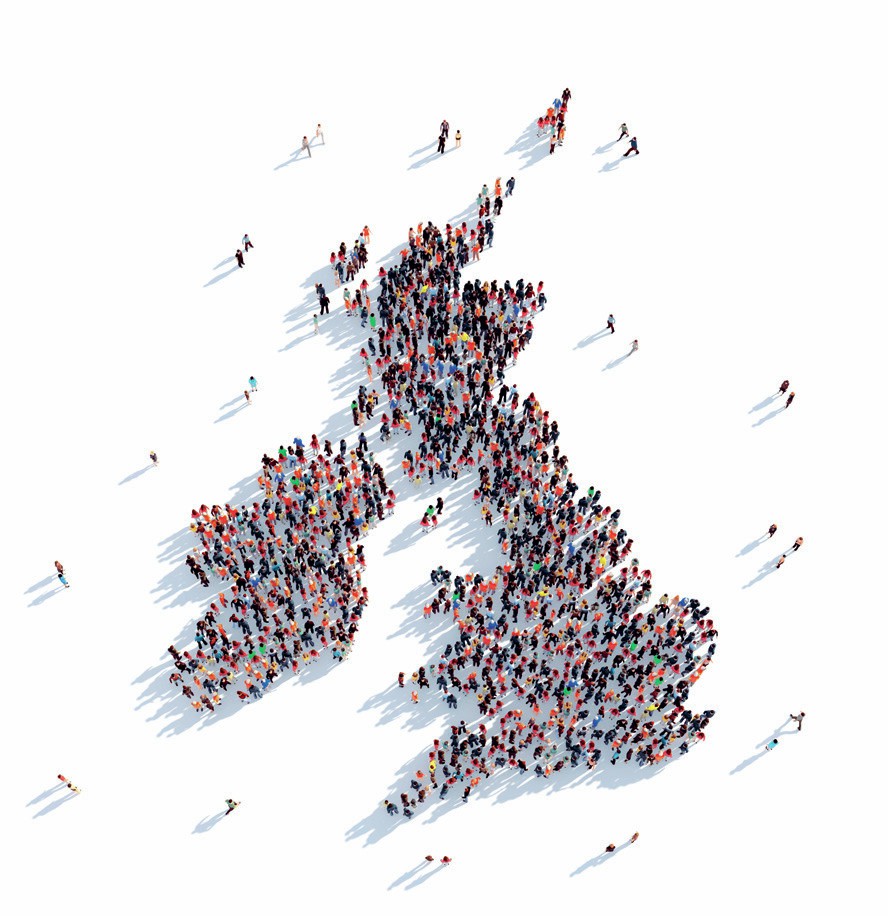
Perhaps the most widely used source of official statistics in Britain is the census for England and Wales (Scotland and Northern Ireland have their own). Taken every 10 years since 1801 (except in 1941 when it was cancelled due to the Second World War), the census offers a snapshot overview of the population (gov.uk 2021). The first statistics from the 2021 census were released in 2022 and, as we shall see, more information from the 1921 census has just become available. These data are obviously useful for studying demographic trends. But what else can they be used for and what do they tell us about the benefits and limitations of using official data?
Completing the census is a legal requirement for citizens. This is to ensure that the government of the time has a detailed account of the population, which helps with planning for future needs (for example, housing and places in schools). It also ensures that the response rate is as large as possible. The census is refined and new questions are often added each time it is conducted.
Your organisation does not have access to this article.
Sign up today to give your students the edge they need to achieve their best grades with subject expertise
Subscribe




